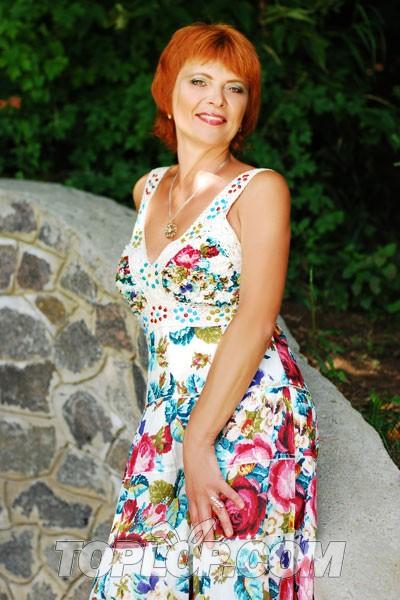The global landscape for LGBTQ+ rights, protections and acceptance varies tremendously by location, with some destinations attracting millions of visitors to their events like Madrid Gay Pride, Sao Paulo Gay Pride or San Francisco Gay Pride, while more than 70 other countries have laws that allow discrimination or persecution of LGBTQ+ people.
Gay Pride or rather LGBTQ+ pride events (used to be more inclusive), including pride parades and festivals were started in major urban centers to improve the visibility, acceptance and legal protections for LGBTQ+ people living in those communities. While the aim of pride day started with a political nature, many cities around the world have such wide acceptance and legal protections that many events have become a celebration of pride for the local LGBTQ+ community. Depending on the country or city where the event is being held, the paign for recognition and acceptance of same-sex ilies, anti-discrimination laws or trans rights. Although there are still obstacles in achieving full acceptance and protections for the LGBTQ+ community, the progress made just over the past few decades has been significant. Over the past 50 years, pride events, marches and demonstrations have evolved considerably. In western nations where LGBTQ+ people are protected and acceptance is high, many pride events have grown in scale, welcoming millions of visitors to their celebrations. Major cities like New York, Sao Paulo and Madrid host some of the largest events in the world with crowds of up to 5 million people.
A Brief History of Gay Pride

In June of 1969, a group of LGBTQ+ people in New York City rioted following a police raid of the Stonewall Inn, a gay bar located on Christopher Street in Greenwich Village. Fortsett å lese What is Gay Pride or LGBTQ+ Pride?